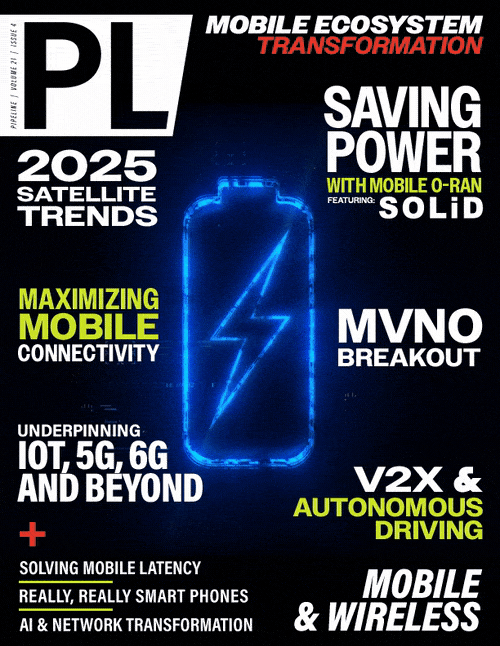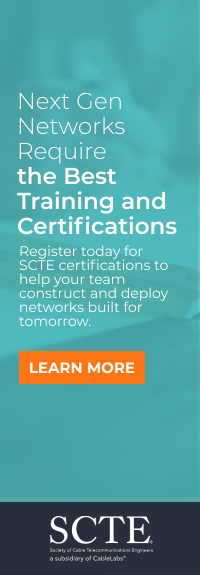How V2X Could Complement
Autonomous Driving
Currently, the two large automotive markets, the U.S. and China, have opted for cellular V2X technology. In Europe and some other regions, frequency regulation allows both WLAN and cellular technologies to operate in the 5.9GHz frequency for direct communication.
Which V2X Applications Benefit from 5G Connectivity
If V2X solutions support 5G technology, they will not only benefit from higher data throughput, but also from higher transmission reliability. This would, for instance, enable constantly updated and detailed traffic information can be given to ADAS/AD systems. Further, high-resolution navigation maps can be upgraded recurrently, a process which requires communications service with higher data throughput. Functions such as remote-controlled driving or automated parking, which are available already today, are additional use cases that benefit from 5G connectivity services, mainly from improved transmission reliability. However, providing nationwide 5G connectivity with higher performance even to consumers in rural areas is a challenging task from an economic perspective.
Future 6G technology may enable the transmission of high-resolution sensor data combined with data communications. Sensor and communications applications will further benefit in the future from the newly allocated frequency spectrum for 6G services. Data transmission will be improved by integrated sensor applications, while radar operations can benefit from the coordination of interference.
How to Implement a Zero-Trust Approach in V2X Communications
Besides communication technique, cyber security is always an important issue when there are interfaces to external data sources. For instance, no malicious physical radio signal should lead to signal interference or decrease signal decoding performance. These signals could prevent V2X communications from normal operation. Exposure of false traffic information may decrease transport system efficiency and may lead vehicles and drivers to make false conclusions. V2X devices operated in vehicles, for example, might intentionally be turned into a different system so that they look like another device, maybe a RSU, to allow a device to transmit information under false identity.
Carmakers and suppliers are requested to define countermeasures to identify false information and false identity. V2X devices detected as compromised must be excluded from any further operation. That means, V2X communications needs a zero-trust approach by design. Countermeasures against misuse of V2X communications and exposure to false traffic information is considered by the automotive industry as part of the development process of ADAS/AD and automotive functions. Basically, no one-time information will per se be trusted that is received over a single interface.
Digital certificates are commonly used in Intelligent Transport Systems (ITS) to increase the level of trust. Each V2X message must be signed to ensure data integrity and to limit operation of potentially compromised V2X system to a shorter time. Certificates must be changed and renewed regularly. Renewal is only granted to V2X stations which are not blacklisted, marked as compromised, or have been changed in the meantime without any official approval. Operation of certificate enrollment, message signing, and discarding of messages which have an invalid signature, are examples of usually tested functions in lab test setups. Furthermore, system response in terms of overloaded conditions is usually assessed as part of the development process to avoid successful denial of service attacks. Established connections and data exchanges made by V2X devices are monitored and analyzed to preclude data and information misuse by untrusted parties. This is done in the lab as well as in the field under normal operation with the aid of mobile network test equipment.
Privacy was considered in the development of ITS from the very beginning. Automotive services which exploit direct V2X communications for V2V, V2I, and V2P communications make use of “pseudonymity.” Labels like communication addresses, which allow identification and tracking of users, are changed regularly to avoid any persistent identifiers. Hence, longer term vehicle tracking by listening to transmitted messages becomes difficult, at least over the V2X direct communications.
How Can V2X Systems Be Updated Throughout Their Entire Life Cycle
One last point is the long lifespan of vehicles and V2X systems accordingly. In average, the lifespan of vehicles is over ten years. This is significantly longer than the lifespan of a smartphone and presents another challenge for the associated hardware and software. During this time span, there will come up several generations of mobile technology on the market.
Staying within the same technology generation is usually not a big effort, as the versions are backwards compatible. But upgrading to a new technology, such as from 4G to 5G and to the future 6G, requires additional adjustments to remain compatible. Integrating all technology generations is a straightforward approach that is also used in smartphones. However, there must be a migration path for this.



















